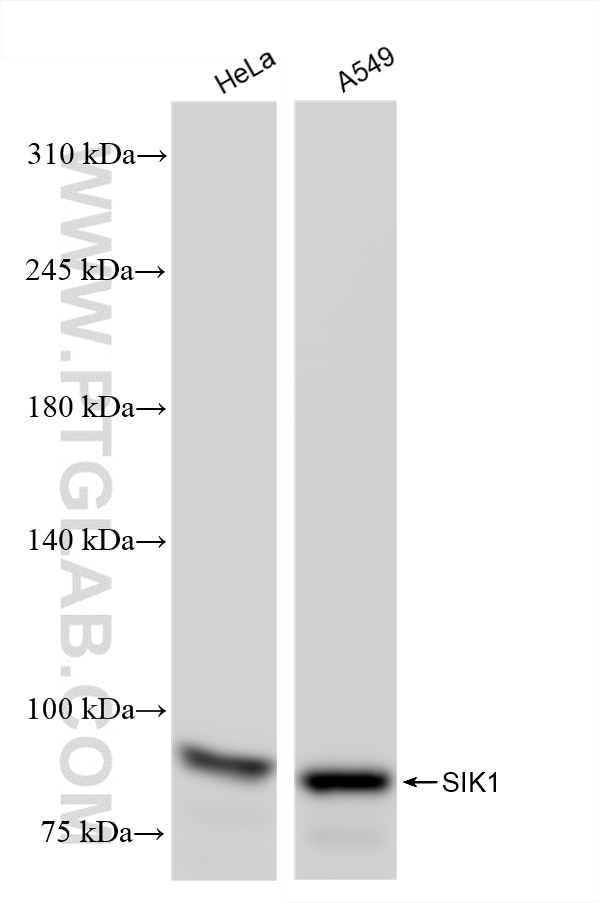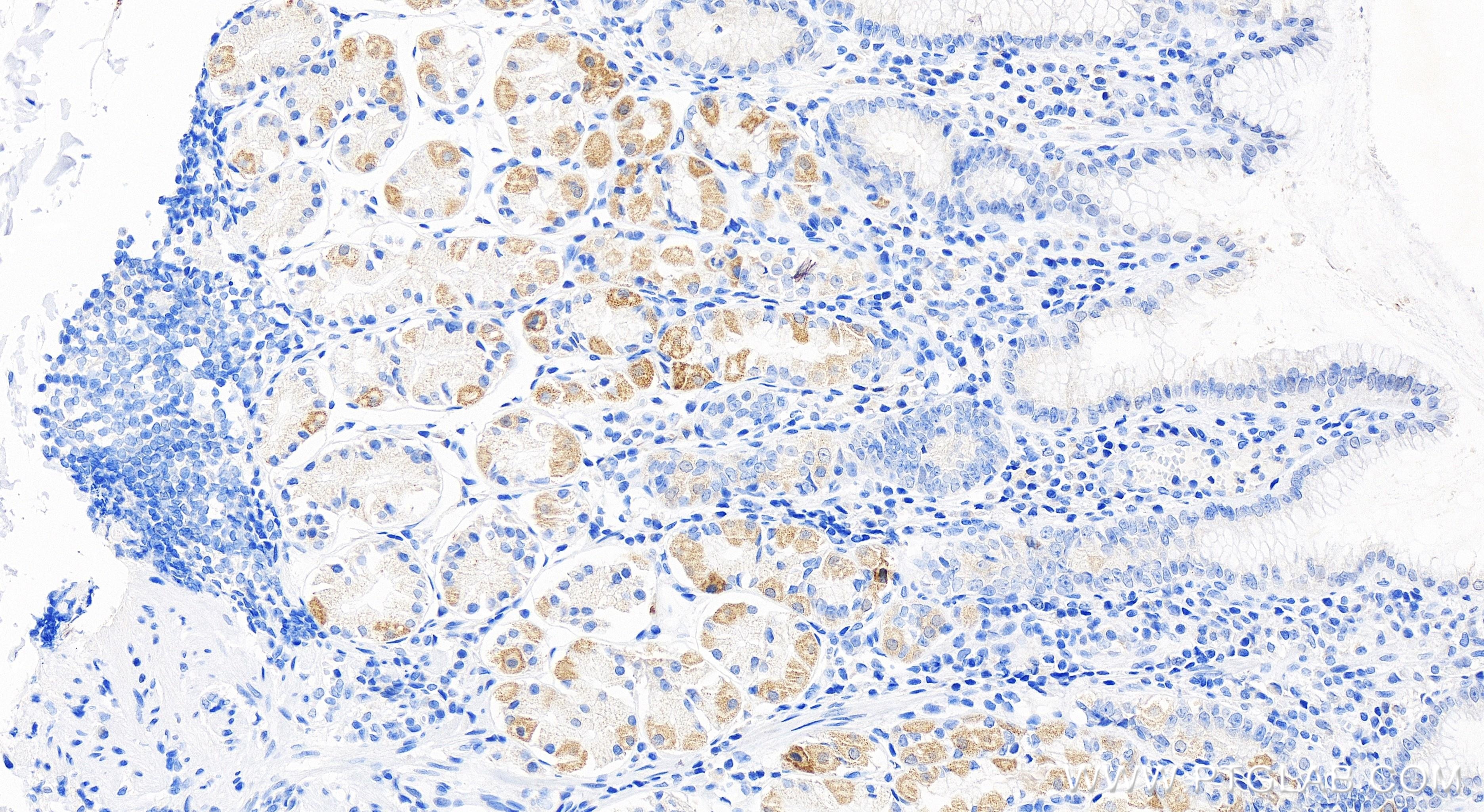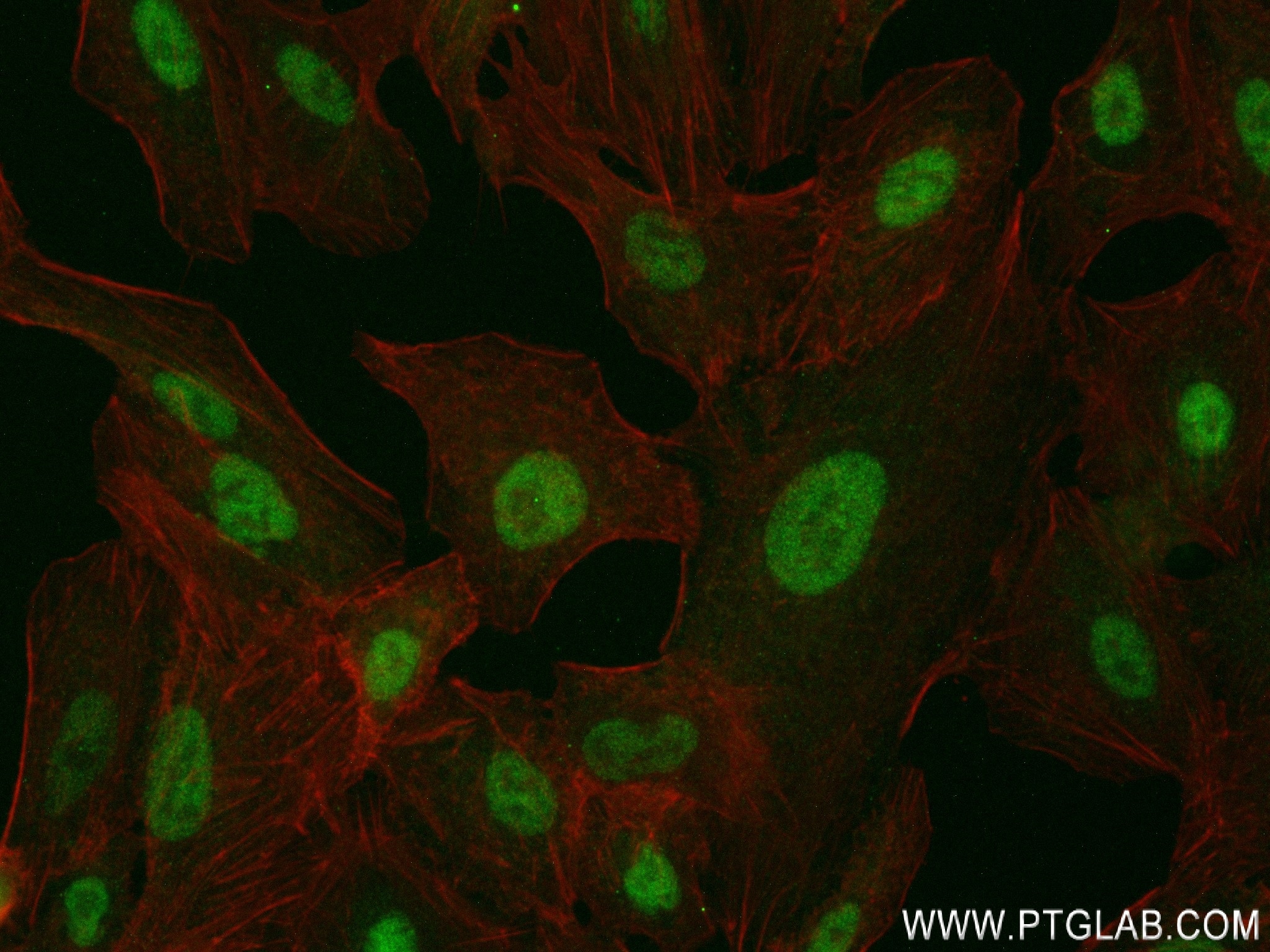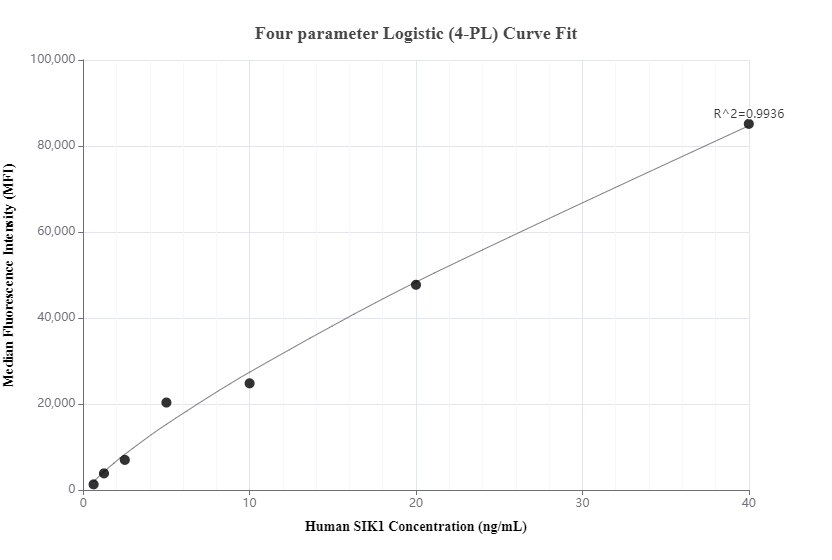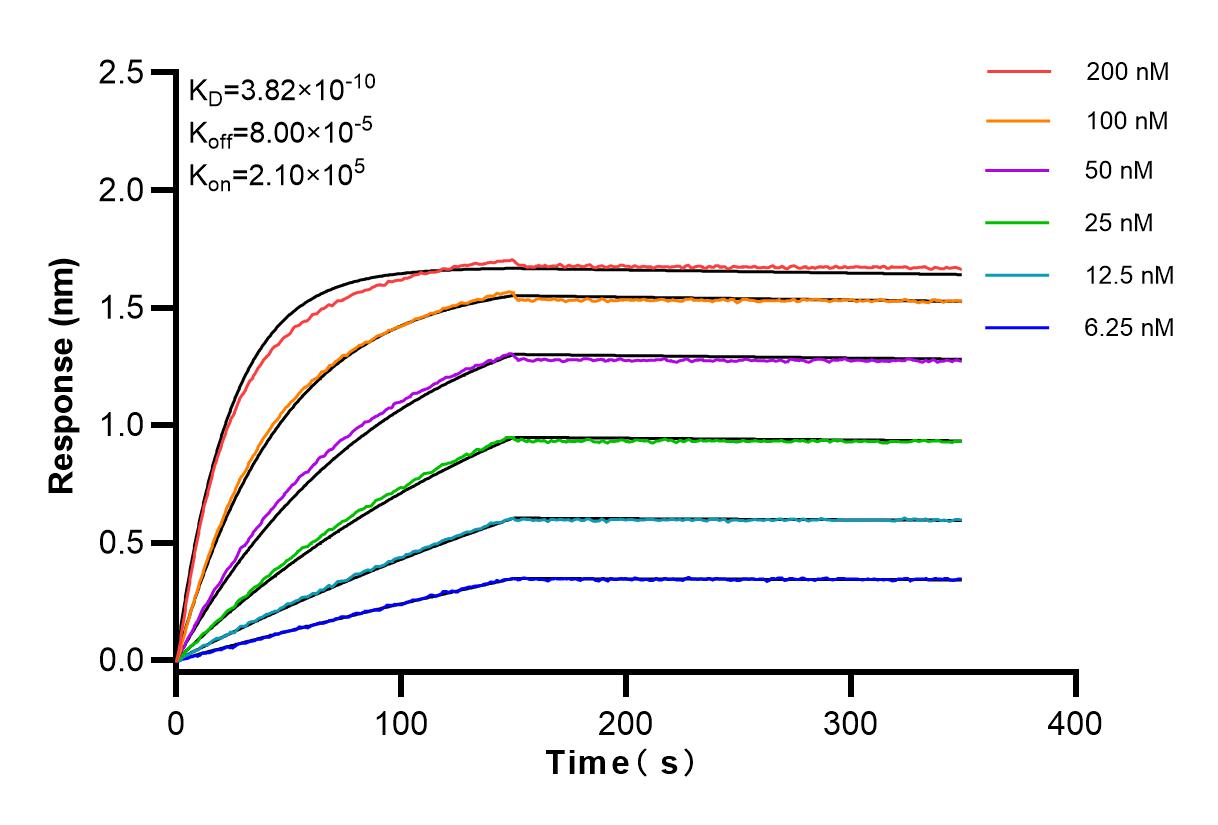Product Information
83897-4-PBS targets SIK1 as part of a matched antibody pair:
MP00838-2: 83897-4-PBS capture and 83897-2-PBS detection (validated in Cytometric bead array)
Unconjugated rabbit recombinant monoclonal antibody in PBS only (BSA and azide free) storage buffer at a concentration of 1 mg/mL, ready for conjugation. Created using Proteintech’s proprietary in-house recombinant technology. Recombinant production enables unrivalled batch-to-batch consistency, easy scale-up, and future security of supply.
This conjugation ready format makes antibodies ideal for use in many applications including: ELISAs, multiplex assays requiring matched pairs, mass cytometry, and multiplex imaging applications.Antibody use should be optimized by the end user for each application and assay.
| Tested Reactivity | human |
| Host / Isotype | Rabbit / IgG |
| Class | Recombinant |
| Type | Antibody |
| Immunogen | SIK1 fusion protein Ag28481 Predict reactive species |
| Full Name | salt-inducible kinase 1 |
| Calculated Molecular Weight | 783 aa, 85 kDa |
| Observed Molecular Weight | 85 kDa |
| GenBank Accession Number | BC038504 |
| Gene Symbol | SIK1 |
| Gene ID (NCBI) | 150094 |
| Conjugate | Unconjugated |
| Form | Liquid |
| Purification Method | Protein A purification |
| UNIPROT ID | P57059 |
| Storage Buffer | PBS only , pH 7.3 |
| Storage Conditions | Store at -80°C. |
Background Information
SIK1(Salt-inducible kinase 1) is also named SIK, SNF1LK, and belongs to the CAMK Ser/Thr protein kinase family. It associates constitutively with the NK regulatory complex and is responsible for increases in its catalytic activity following small elevations in intracellular sodium concentrations(PMID:17939993). SIK1 is required for the phosphorylation of class II HDACs and expression of MEF2 target genes in myocytes(PMID:17468767). Defects in SIK1 may be associated with some cancers, such as breast cancer. Loss of SIK1 correlates with poor patient outcomes in breast cancers(PMID:19622832).
